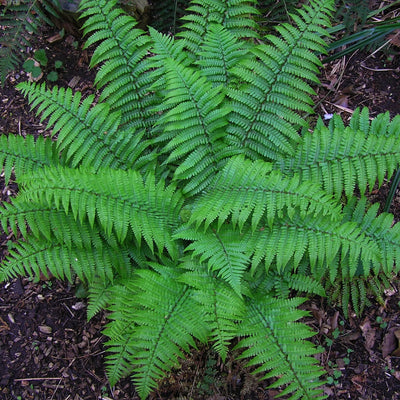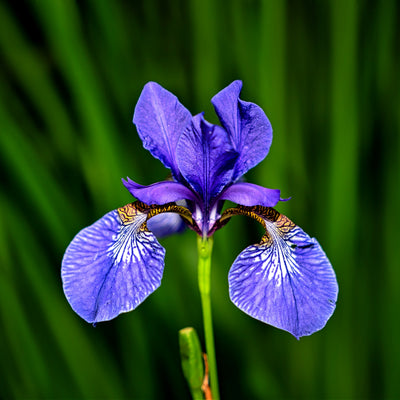TN Nursery: Your Source for Quality Plant Nursery Tennessee Plants
Seeking ornamental plants from a “plant nursery Tennessee” source? Right here in the heart of the state, TN Nursery offers Middle and East Tennesseans an unrivaled selection of vibrant plants grown to flourish in regional soils and climate. For over 30 years, our family-owned nursery has perfected the art and science of nurturing exceptional woody shrubs, perennials, flowering vines, and more. Keep reading to discover five key reasons avid gardeners shop TN Nursery for their landscape plant needs.
Hundreds of Plant Varieties to Discover
Across nearly 100 lush acres, TN Nursery’s inventory includes hundreds of plant varieties to inspire your next garden vision, including:
- Flowering shrubs like hydrangea, rose of Sharon, and lilac prized for seasonal displays
- Native Tennessee wildflowers, ferns, vines, and grasses for pollinator gardens
- Broadleaf evergreen shrubs to provide year-round texture and color
- Premium perennials offering recurring colors from iris to peony and more
- Trained fruiting and flowering espalier vines against structural supports
- Hard-to-find plant gems rarely spotted at other regional nurseries
The sheer range ensures beginner and master gardeners alike encounter fresh ideas and possibilities around every corner! Schedule a guided tour to uncover plants suited to your unique needs and environmental conditions.
Expertise You Can Trust
As Middle Tennessee natives, our horticulture experts understand the intimate connection between plants, regional soil compositions, and climate patterns. We use this insider knowledge to:
- Selet and breed plants capable of handling humidity extremes, seasonal droughts, and temperature shifts
- Tailor soil nutrition amendments to balance pH and nutrients based on specific plant needs
- Time propagation and transplanting around rainfall patterns for strong establishment
- Harden off plants to help withstand moisture fluctuations before going home with you
The result? Plants genetically equipped to thrive year after year through Middle Tennessee’s variable conditions. Expect healthier plants and less seasonal dieback compared to big box or national nursery plants.
Passion for Growing Beautiful Plants
For us, coaxing gorgeous plants from seedlings and cuttings is a labor of love. You’ll find this passion woven through our nursery in daily plant care rituals, including:
- Hand inspection for emerging issues, prompt targeted treatment
- Conscientious pruning and training for desirable forms and flowers
- Integrated pest management emphasizing prevention first
- Customized soil mixes and fertilization for steady, vigorous growth
- Seasonal protection from temperature/moisture extremes
Our uncompromising plant quality produces fuller foliage, prolific blooms, and ultimate landscape enjoyment for you!
Exceptional Yet Affordable Pricing
As a wholesale Tennessee plant nursery with low overhead costs, TN Nursery passes significant savings to you compared to retail garden centers and hardware stores. Despite our highly competitive prices, you still get vibrant, healthy plants thanks to our efficient business model.
Ongoing Guidance and Support
Our team strives not just to sell you plants but also to set you up for success over the long term. We happily share guidance to help your plants thrive, including:
- Planting preparations to improve survival rates
- Watering/feeding needs based on specific plant varieties
- Techniques to boost flowering and fruit production
- Seasonal maintenance recommendations
- Troubleshooting plant health or insect/disease issues
Tap Into TN Nursery’s Plant Passion and Expertise
Ready to explore plant options from a premier plant nursery Tennessee source focused on growing exceptional regional plants? Contact TN Nursery at 931-692-4252 to chat plants or schedule a private guided nursery tour!




